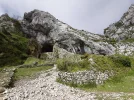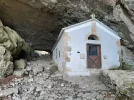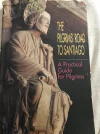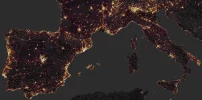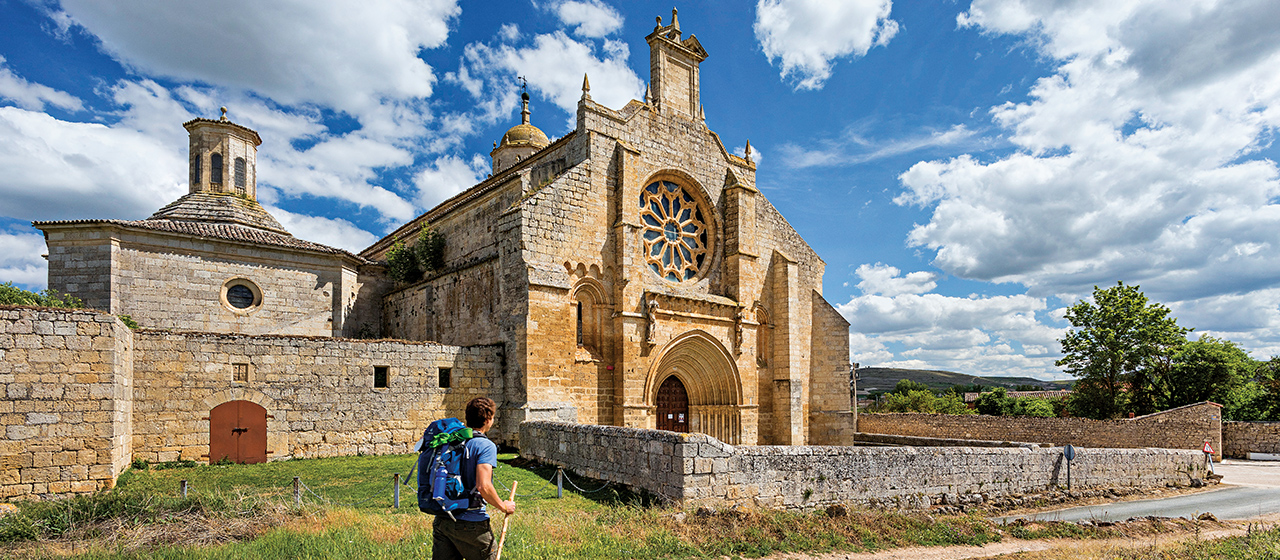- Time of past OR future Camino
- 2012
Members will be aware that I am neither a contrarian nor a provocateur but that I do like, now and again, to ask questions a little beyond which is the best bar to discuss the best sleeping bag in.
So, as I viewed a thread started by a new member who is flying into Madrid and probably training it to Pamplona asking how to get from there to a small provincial French town in the western foothills of the Pyrenees, I wondered, again, why do people think that the Camino starts in St Jean pied de Porte?
Our new member could start walking to the shrine of Santiago from Pamplona, as many do. They could, if they were determined to travel away from Santiago before walking to Santiago, have made their way to historic Roncesvalles. They could, if they wanted to, head for Somport or Irun or even Barcelona but everyone wants to get to StJpdP and then leave it the following morning via a potentially crippling walk up and over a thumping great hill for no other reason that I can discern than "that its there" (Mallory, I forgive you) or because that is where their guide book starts.
With all due respects to @Monasp and the good folk of the Bureau des pèlerins de Saint-Jean-Pied-de-Port. Why?
So, as I viewed a thread started by a new member who is flying into Madrid and probably training it to Pamplona asking how to get from there to a small provincial French town in the western foothills of the Pyrenees, I wondered, again, why do people think that the Camino starts in St Jean pied de Porte?
Our new member could start walking to the shrine of Santiago from Pamplona, as many do. They could, if they were determined to travel away from Santiago before walking to Santiago, have made their way to historic Roncesvalles. They could, if they wanted to, head for Somport or Irun or even Barcelona but everyone wants to get to StJpdP and then leave it the following morning via a potentially crippling walk up and over a thumping great hill for no other reason that I can discern than "that its there" (Mallory, I forgive you) or because that is where their guide book starts.
With all due respects to @Monasp and the good folk of the Bureau des pèlerins de Saint-Jean-Pied-de-Port. Why?















